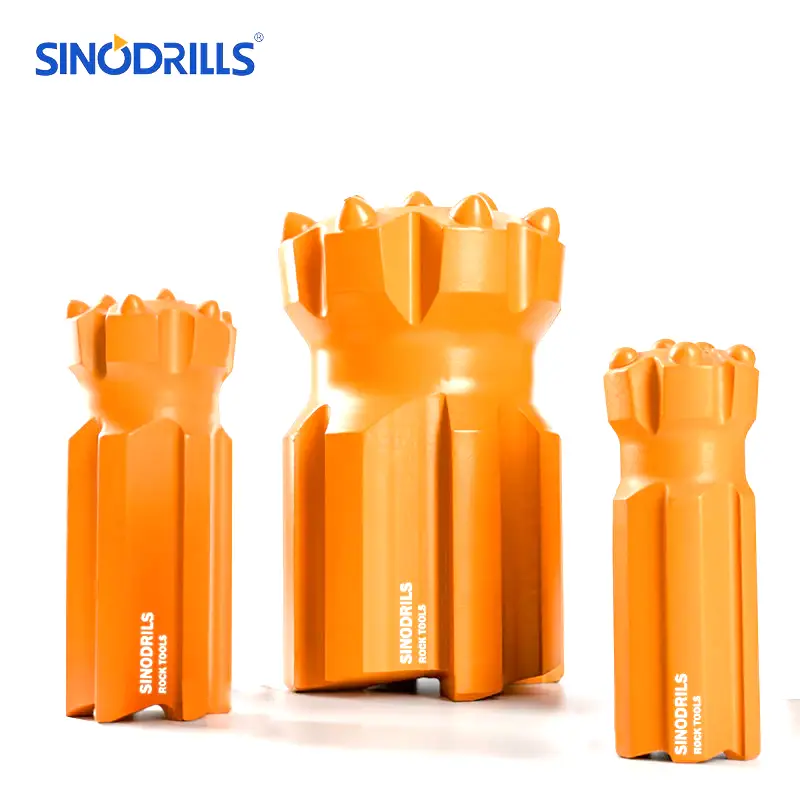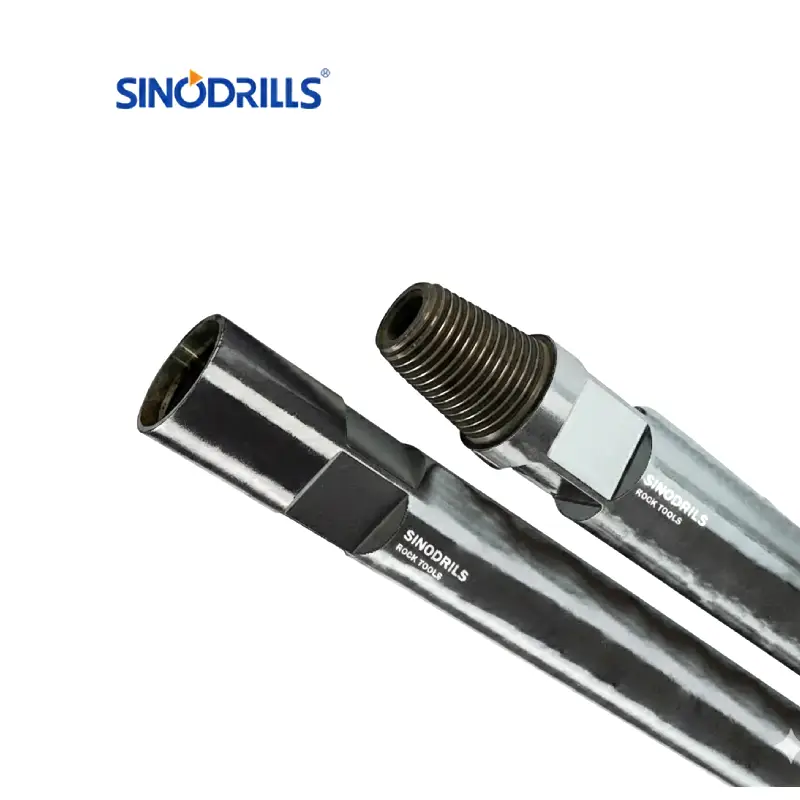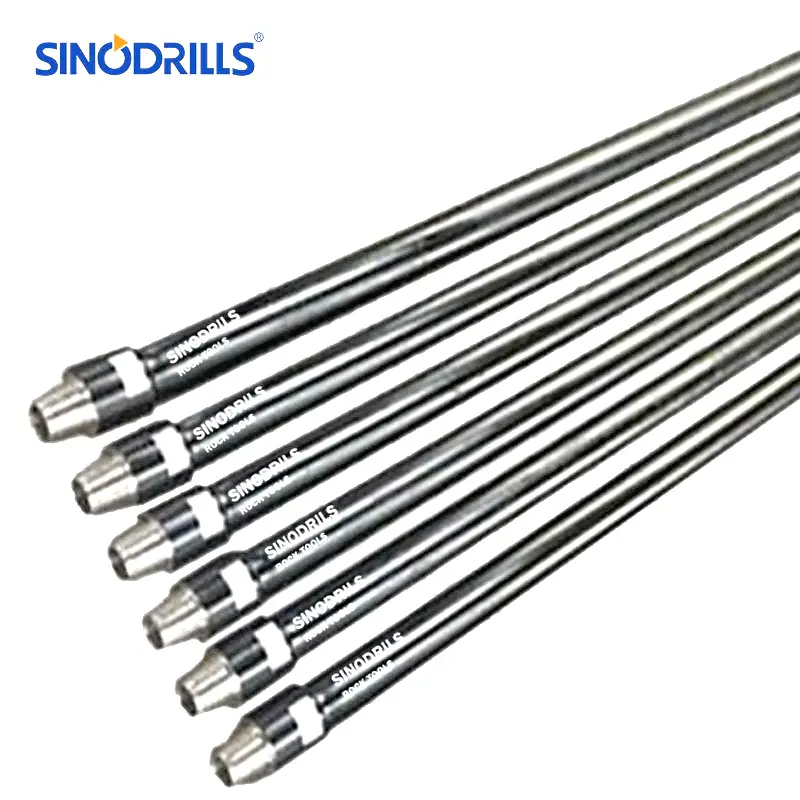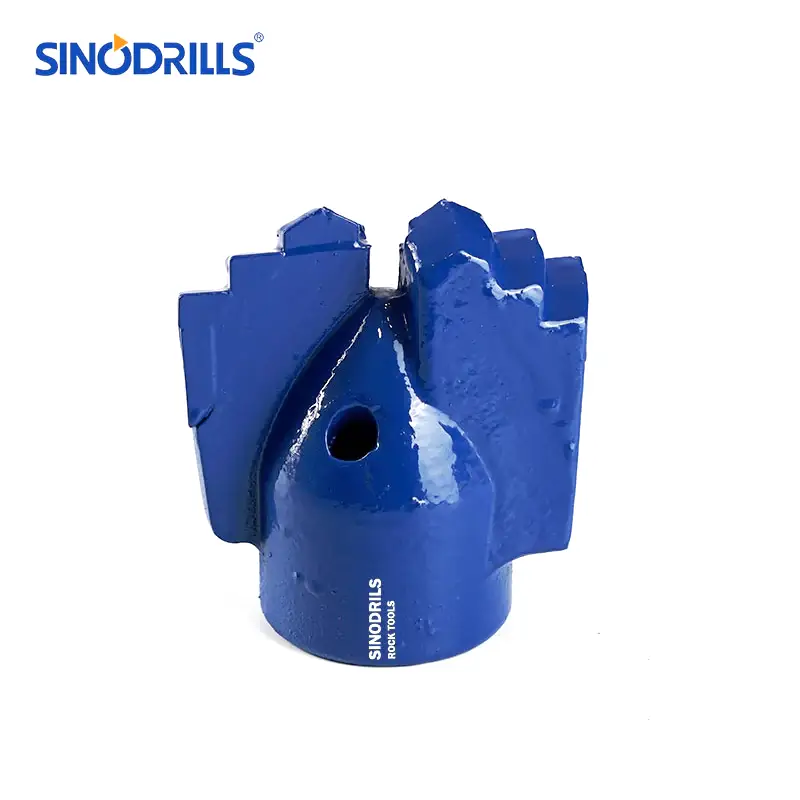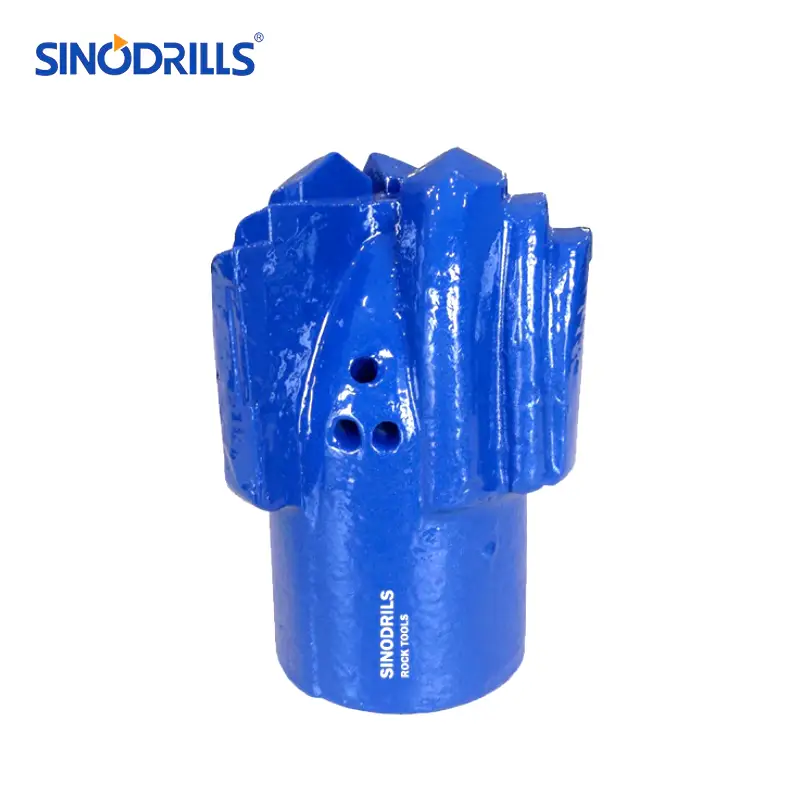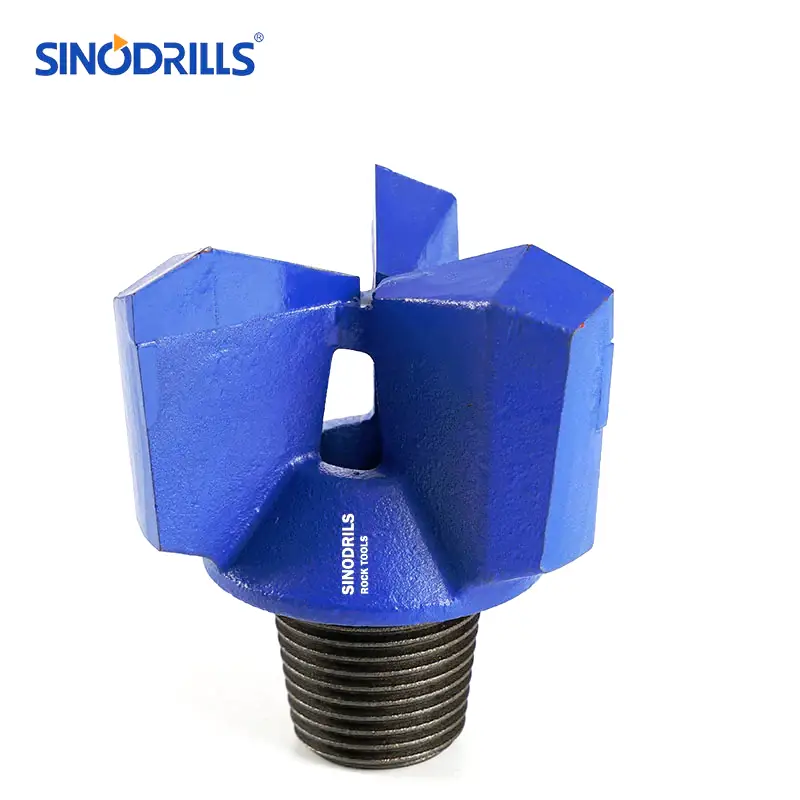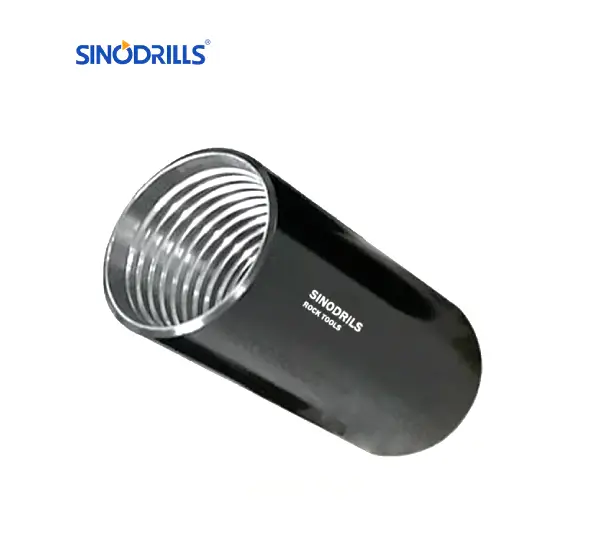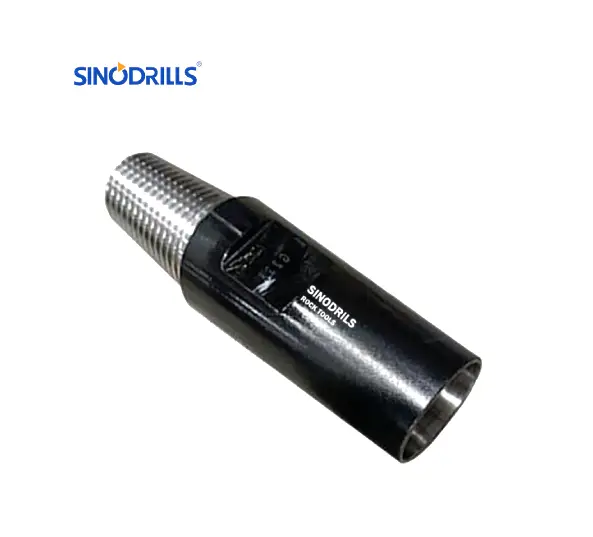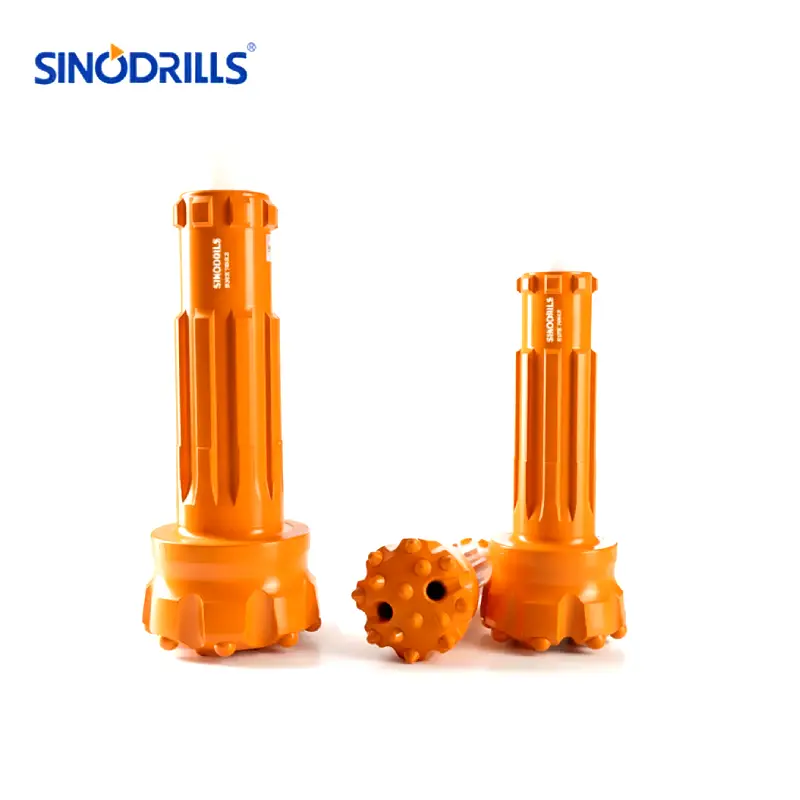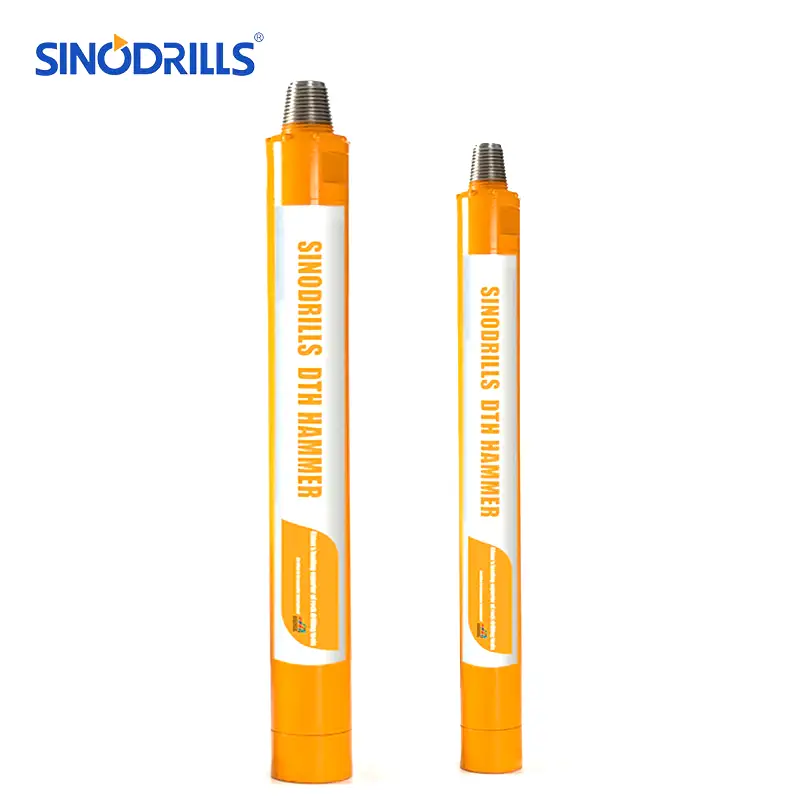Drilling into rock might seem like a daunting task reserved for heavy machinery, but with the right tools and techniques, it’s achievable for various projects. Whether you’re setting fence posts, landscaping, or even rockhounding, understanding the process is key. This guide will walk you through the necessary steps and equipment to successfully drill holes in different types of rock.
From selecting the appropriate drill and bit to employing safe and effective drilling methods, we’ll cover the essential knowledge you need. We’ll also touch upon considerations for different rock hardnesses and project requirements, ensuring you can approach your task with confidence and achieve the desired results.
When to Drill a Hole in a Rock?
Drilling a hole in a rock becomes necessary in a variety of situations across different fields. In construction and landscaping, it’s often required for installing anchors, fence posts, or creating pathways and water features.
Geological studies and mining operations rely on drilling rock to extract samples for analysis or to create blast holes. Additionally, artistic endeavors and DIY projects might involve drilling rocks for sculpting, jewelry making, or decorative purposes. The need arises whenever there’s a requirement to penetrate, break, or extract material from a solid rock formation.
How to Drill a Hole in a Rock?
Drilling a hole in a rock presents a unique challenge compared to softer materials, demanding patience, the right tools, and a systematic approach. The inherent hardness and density of rock require specialized techniques and equipment to effectively penetrate and create the desired borehole. Careful preparation and adherence to safety protocols are paramount for a successful and safe operation.
Step 1: Preparation and Safety
Before commencing any drilling, thorough preparation is essential. This involves selecting the appropriate drill bit specifically designed for rock, such as a carbide-tipped masonry bit. Ensure the drill is powerful enough for the task, ideally a hammer drill that provides both rotation and percussive action.
Gather necessary safety gear, including safety glasses to protect your eyes from flying debris, work gloves for a firm grip and hand protection, and potentially hearing protection due to the noise generated. Clearly mark the desired location for the hole on the rock surface. If drilling a deep hole, consider having a water source nearby for cooling the bit and suppressing dust.
Safety is paramount when drilling rock. Always wear safety glasses to shield your eyes from sharp rock fragments that can be ejected with force. Work gloves will provide better grip and protect your hands from abrasion.
The noise generated by hammer drills can be significant, so hearing protection is advisable, especially for prolonged drilling. Ensure the rock is stable and won’t shift during drilling. If using water for cooling, be mindful of potential electrical hazards if using a corded drill. Take breaks to avoid overheating the drill and the bit, and never force the drilling process; let the tool do the work.
Step 2: Starting the Hole
Initiating the hole accurately is crucial to prevent the drill bit from wandering on the hard, uneven surface of the rock. Begin by positioning the tip of the masonry bit on your marked spot. Start drilling at a slow speed with light, consistent pressure. The hammer function of the drill should be engaged from the beginning, as this percussive action is essential for breaking down the rock. Drilling too fast initially can cause the bit to skate across the surface or overheat quickly.
As the bit begins to penetrate the rock, maintain a steady grip and continue applying consistent pressure. Avoid the temptation to push too hard, as this can damage the bit or overload the drill motor. Allow the hammering action to do its work, gradually pulverizing the rock under the bit tip. If the bit starts to wander, stop, reposition it carefully in the small indentation you’ve created, and resume drilling at a slow speed. Establishing a stable starting point is key to drilling a hole in the desired location.
Step 3: Drilling and Progress
Once the hole is initiated, continue drilling at a moderate speed with consistent, firm pressure. Periodically withdraw the drill bit slightly to allow dust and debris to escape the hole. If you’re using water for cooling and dust suppression, apply it gently around the drilling area. The water will help to keep the bit cool, prolonging its life, and will bind the rock dust, preventing it from becoming airborne.
As you drill deeper, maintain a straight and steady drilling motion. Avoid wobbling the drill, as this can widen the hole unevenly and put excessive stress on the bit. If the drilling slows significantly, the bit may be overheating or clogged with debris. Withdraw the bit completely to clear any accumulated material and allow it to cool briefly. Inspect the bit tip for any signs of damage or excessive wear. Continue drilling in short bursts, periodically clearing the hole and cooling the bit until you reach the desired depth.
Step 4: Finishing the Hole
Once you have reached the desired depth, reduce the pressure on the drill and slowly withdraw the bit while it’s still rotating. This helps to clear any remaining debris from the hole. If the hole needs to be a specific diameter, you may need to use progressively larger drill bits, starting with a smaller pilot hole and gradually increasing the size. Ensure each subsequent bit is also a masonry bit designed for rock.
After withdrawing the bit completely, inspect the drilled hole. Remove any loose debris from the opening. If the hole needs to be a specific size or shape, you may need to use specialized tools for finishing, depending on the application. For example, if installing an anchor, ensure the hole is clean and the correct diameter for the anchor to fit securely.
Rock Drilling Tools
Recommended Drilling Tools for Rock
Embarking on the task of drilling into solid rock necessitates the use of specialized tools engineered to withstand the immense forces and abrasive nature of stone. These robust implements employ various mechanisms, from impact and rotation to thermal action, to effectively create boreholes for a multitude of applications.
Understanding the capabilities of each tool is crucial for selecting the optimal equipment for a given rock drilling project.
Rotary Hammer Drills
Rotary hammer drills are powerful tools that combine a rotary motion with a hammering action, making them highly effective for drilling into concrete, brick, and softer types of rock. They utilize a piston mechanism to generate a strong percussive force that pulverizes the material while the drill bit rotates to remove debris.
These drills are versatile and widely used in construction and renovation for tasks such as drilling anchor holes, installing conduits, and light demolition work. They accept specialized drill bits with SDS (Slotted Drive System) or similar shanks that allow for efficient transfer of both rotational and impact energy.
Hammer Drills
Similar to rotary hammers but typically less powerful, standard hammer drills also combine rotation with a hammering action, though the percussive force is usually generated by a clutch mechanism. They are suitable for drilling into less dense masonry materials and can sometimes handle softer rock types with patience and appropriate drill bits.
Hammer drills often have a dual mode, allowing them to be used for regular drilling in wood and metal as well by disengaging the hammer function. They typically use standard round shank drill bits.
Rock Drills (Jackhammers)
Rock drills, often referred to as jackhammers or pneumatic drills, are heavy-duty tools primarily used for breaking and drilling hard rock and concrete. They are typically powered by compressed air and deliver a powerful reciprocating hammering action.
While some models can rotate the drill bit, their main function is to impact and fracture the material. Rock drills are essential in mining, quarrying, and heavy construction for tasks like drilling blast holes, breaking pavement, and excavating rock formations. They require specialized drill steels and are operated with both hands due to their power and weight.
Diamond Core Drills
Diamond core drills utilize a hollow cylindrical bit with diamond segments embedded in the cutting edge. They work by grinding away the rock material to create a precise cylindrical hole, leaving a solid core. These drills are particularly effective for drilling hard and brittle materials like granite, marble, tile, and reinforced concrete.
They often require water cooling to dissipate heat and remove slurry. Diamond core drilling is used when a clean, accurate hole is needed or when extracting a rock core sample is necessary, such as in geological surveys or for material testing.
DTH (Down-The-Hole) Hammers
Recommended DTH Drilling Tools
DTH hammers are pneumatic or hydraulic impact tools used for drilling deep holes in hard rock. The hammer is located directly behind the drill bit inside the borehole, maximizing the transfer of impact energy. Compressed air or hydraulic fluid powers the hammer’s piston, which strikes the back of the drill bit. The drill string rotates the hammer and bit. DTH drilling is highly efficient for drilling blast holes in mining and quarrying, as well as for water well drilling and foundation drilling in challenging rock conditions.
Top Hammer Drills
Top hammer drills are another type of percussive drilling system where the hammer mechanism is located outside the borehole, at the top of the drill string. Impact energy is transmitted down the drill steel to the drill bit at the bottom of the hole. Rotation is also applied from the top.
Top hammer drilling is commonly used for drilling shorter to medium depth holes in a variety of rock types in mining, construction, and tunneling applications. Different types of drill steels and drill bits are used depending on the rock conditions and the required hole diameter and depth.
Thermal Rock Drilling
Thermal rock drilling methods, such as jet piercing and flame jet drilling, use intense heat to fracture and spall rock. Jet piercing involves directing a high-velocity flame of fuel oil and oxygen at the rock surface, causing it to crack and break.
The resulting debris is then removed by an air or water jet. These methods are particularly effective on hard, brittle rocks like taconite. Thermal drilling is a specialized technique used primarily in mining and quarrying where conventional mechanical methods may be less efficient or economical.
Why Drilling a Rock
Drilling into rock is a necessary process for a multitude of reasons across various industries and applications. It allows for the creation of pathways, the installation of supports, and the extraction of valuable resources. The ability to penetrate this durable material underpins essential construction, mining, and scientific endeavors.
Here are some key reasons why drilling rock is performed:
- Construction: To install anchors, bolts, and foundations for buildings, bridges, and other structures.
- Mining and Quarrying: To create blast holes for extracting ores, minerals, and stone.
- Geological Exploration: To obtain core samples for analysis and understanding subsurface formations.
- Water Well Drilling: To access underground water resources.
- Landscaping: To create features like ponds, waterfalls, and to install hardscaping elements.
- Utility Installation: To lay pipes, cables, and conduits beneath the surface.
- Artistic and Craft Purposes: To sculpt, carve, or create decorative items from stone.
- Demolition: To weaken rock structures before controlled blasting or breaking.
- Geothermal Energy: To drill wells for accessing geothermal heat.
- Scientific Research: To install instruments for monitoring seismic activity or other geological phenomena.
Conclusion
In conclusion, successfully drilling a hole in a rock requires careful planning, the right tools, and a methodical approach. Selecting the appropriate drill bit, applying consistent pressure, and employing effective dust removal techniques are crucial for efficiency and safety. Whether for construction, landscaping, or geological sampling, mastering these steps will yield the desired results.
Remember that patience and persistence are key when working with such a durable material. Always prioritize safety by wearing appropriate protective gear and adhering to proper drilling procedures. With the correct equipment and technique, even seemingly impenetrable rock can be precisely and effectively bored.
For those requiring reliable wholesale rock drilling tools, Sinodrills offers a comprehensive range of high-quality options. Their durable and efficient tools are designed to meet the demands of various rock drilling applications. Partner with Sinodrills to ensure you have the right equipment for any stone or geological project.

